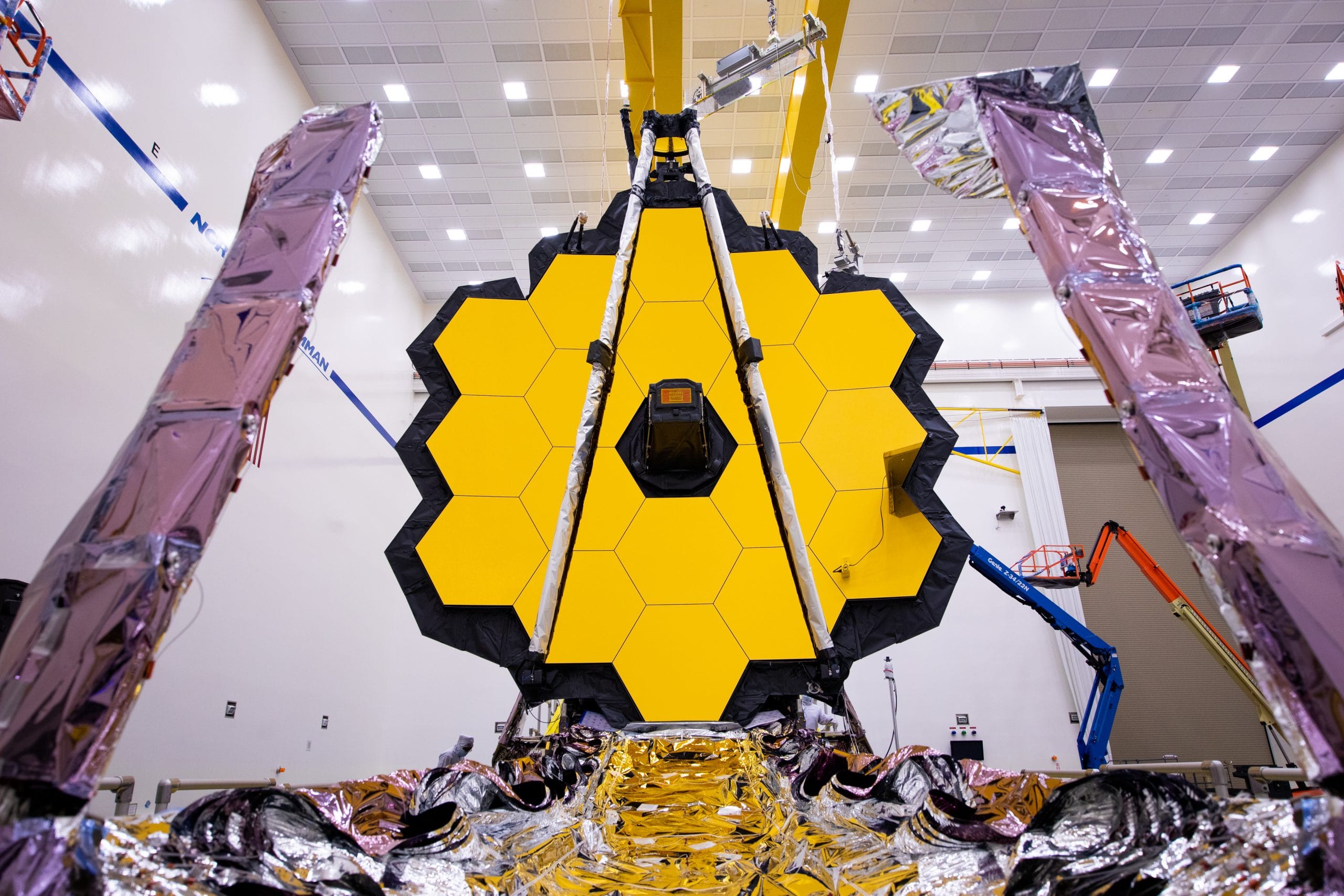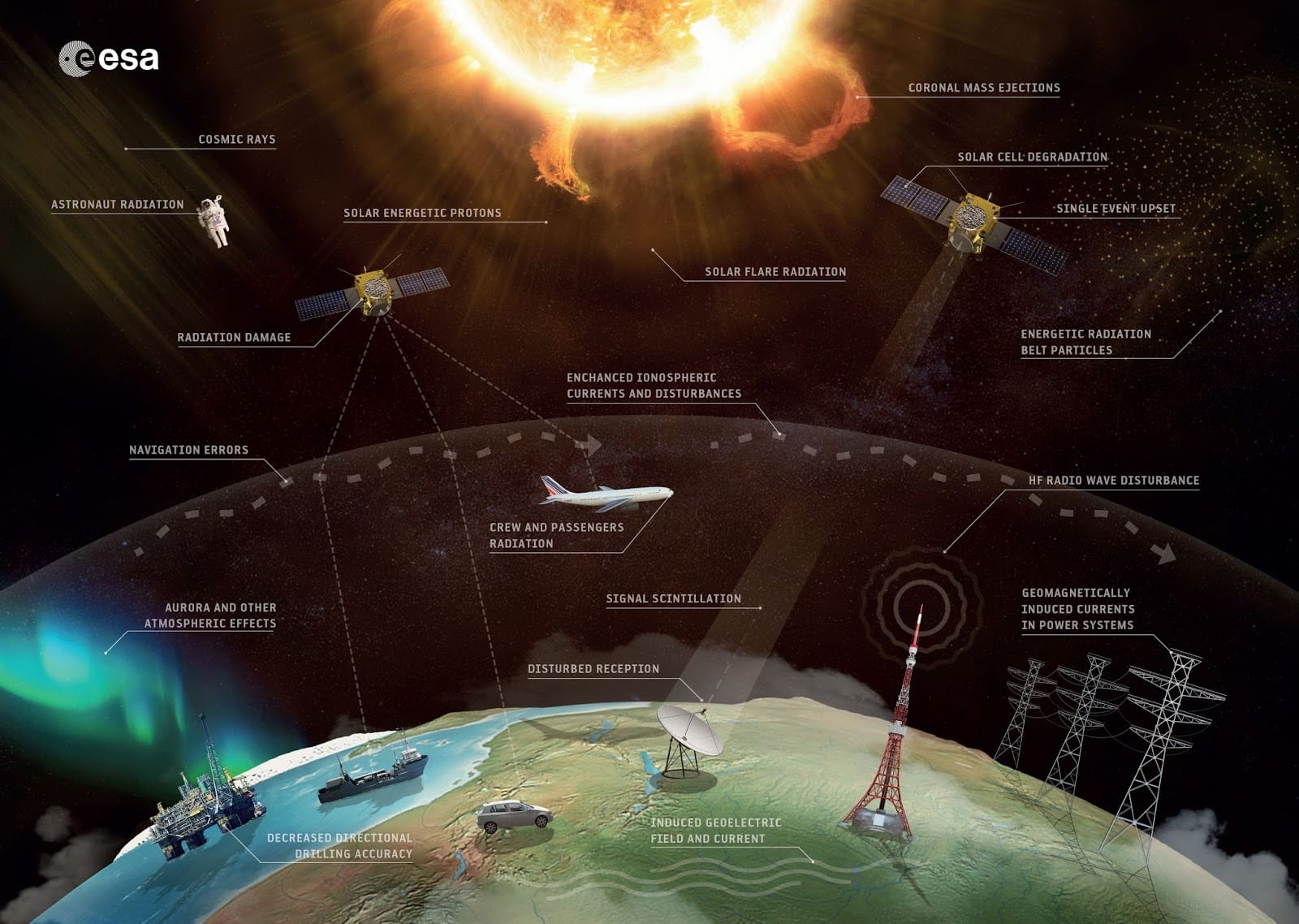The James Webb Space Telescope (JWST), a collaborative project between NASA, the European Space Agency (ESA), and the Canadian Space Agency (CSA), has achieved a significant milestone in the field of astrophysics. This revolutionary telescope has successfully identified 44 stars that are believed to have formed within a few hundred million years after the Big Bang. This discovery is not only a testament to the capabilities of the JWST but also a pivotal moment in our understanding of the universe’s early history.
The JWST was launched on December 25, 2021, and has since been observing the cosmos in unprecedented detail. Its advanced technology, particularly its ability to capture infrared light, allows astronomers to peer through cosmic dust and gas that often obscure traditional optical telescopes. This capability is essential for studying the early universe, where the light from the first stars and galaxies is redshifted due to the expansion of space.
The identification of these 44 ancient stars provides critical insights into the conditions that existed shortly after the Big Bang, approximately 13.8 billion years ago. During this period, the universe was a hot and dense place, primarily composed of hydrogen and helium. As the universe expanded and cooled, regions of gas began to collapse under their own gravity, leading to the formation of the first stars. These stars played a crucial role in the evolution of the universe, contributing to the synthesis of heavier elements and influencing the formation of galaxies.
The process through which the JWST identified these stars involved a combination of advanced imaging techniques and spectral analysis. By observing distant galaxies and their associated star populations, astronomers were able to detect the faint light emitted by these ancient stars. The JWST’s instruments measured the light’s spectrum, revealing important information about the stars’ temperatures, compositions, and distances from Earth. This data is invaluable for understanding the nature of the early universe and the processes that led to the formation of galaxies.
The discovery of these 44 stars is significant for several reasons. Firstly, it provides a clearer picture of the timeline of star formation in the universe. Previously, astronomers had limited data regarding the exact nature of the first stars, often relying on theoretical models. The JWST’s findings offer empirical evidence that can refine these models and improve our understanding of cosmic evolution.
Secondly, studying these ancient stars allows scientists to investigate the chemical processes that occurred in the early universe. The first stars were primarily composed of hydrogen and helium, but as they aged and eventually died, they produced heavier elements through nuclear fusion. These elements were then dispersed into the surrounding interstellar medium, enriching it and providing the building blocks for future generations of stars and planets. By analyzing the composition of the newly discovered stars, researchers can gain insights into the nucleosynthesis processes that took place in the early universe.
Furthermore, the identification of these stars opens new avenues for research into the formation and evolution of galaxies. Galaxies are vast collections of stars, gas, dust, and dark matter, and understanding the role of early stars in galaxy formation is crucial for piecing together the history of the universe. The JWST’s observations can help astronomers investigate how these stars influenced the gravitational dynamics within galaxies and contributed to their growth over time.
As the JWST continues its mission, astronomers anticipate that it will uncover even more ancient stars and galaxies, further enhancing our understanding of the universe’s origins. The telescope’s ability to observe distant objects means that it can provide a glimpse into the universe’s past, allowing researchers to study the conditions that existed when the universe was still in its infancy.
In conclusion, the James Webb Space Telescope’s identification of 44 stars from the early universe marks a significant achievement in the field of astronomy. This discovery not only enhances our understanding of the conditions present shortly after the Big Bang but also provides valuable insights into the processes that shaped the universe as we know it today. As scientists continue to analyze the data collected by the JWST, the potential for groundbreaking discoveries remains vast, promising to deepen our knowledge of the cosmos and our place within it.



